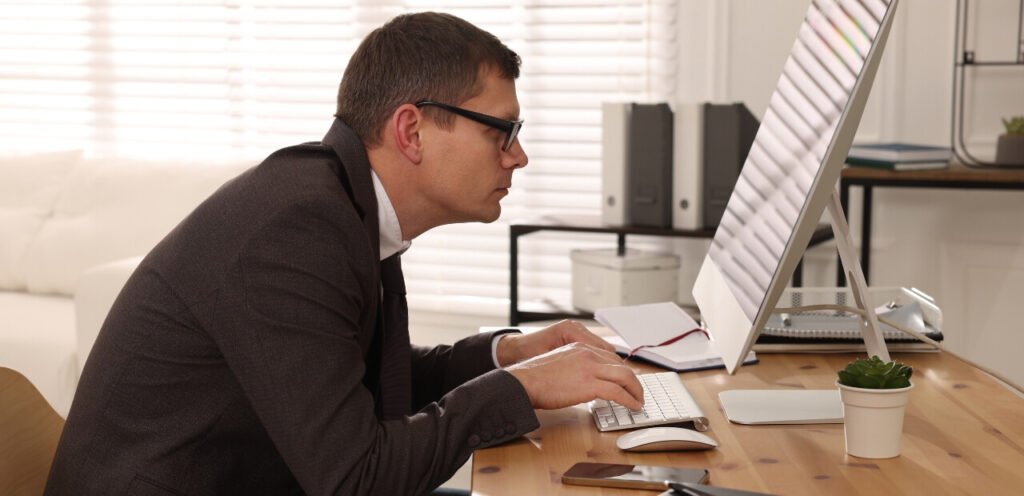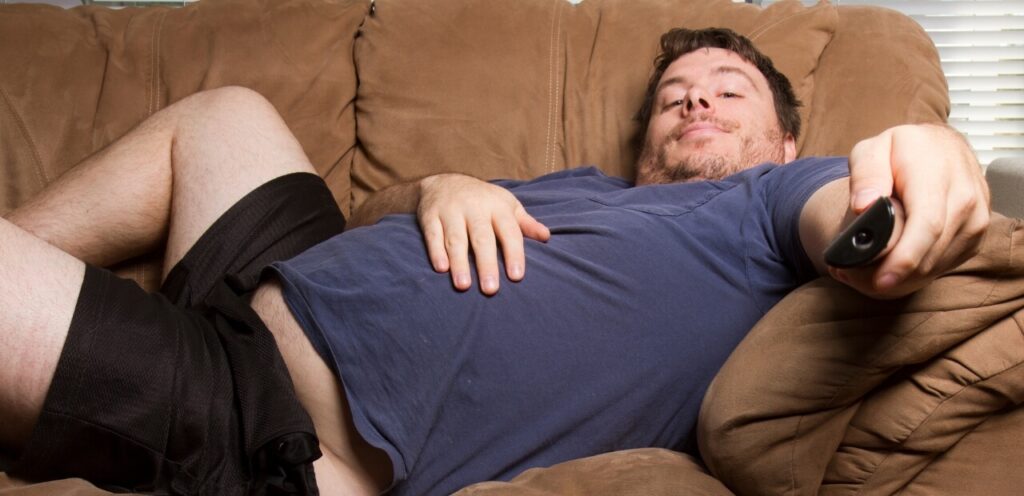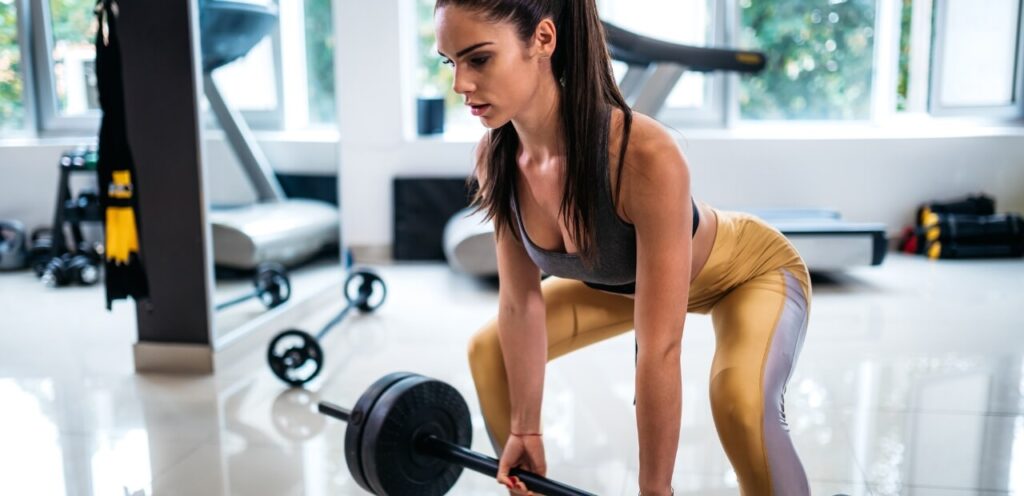
Lower back pain can be episodic or chronic, but here is a shocking fact: approximately 80% of the population suffers from lower back pain at some point. It is also reported that around 1/4th of the adults in the US face lower back issues. So, if you haven’t got it yet, the odds are you might get it in the future.
Lower back pain can be due to various reasons like weight gain, poor posture, a sedentary lifestyle, and ageing. From all these factors, ageing is the one thing that we can’t stop. But we can reduce the probability of getting lower back pain as we age by maintaining a healthy lifestyle and introducing regular exercises in our daily lives.
Why is Lower Back Pain a Prevalent Issue?
Looking at the stats, the issue of lower back pain is huge, and there are many reasons why it is so prevalent.
Here are some of them:

Lifestyle
Your lower back pain is heavily attached to your lifestyle. It has been reported that people with a desk job or having a sedentary lifestyle are more prone to having lower back pain. If your job includes heavy weightlifting, there is a high chance of getting lower back pain.

Weight gain
There is a strong relation between overweight and lower back pain. Our spine has a curve to support our bodies in neutral positions. If your weight gain is in the midsection, it stresses the lower back muscles and the spine. Due to putting this excess weight on the pelvis, it moves forward and creates a position that triggers lower back pain.
We can avoid this by exercising to strengthen our lower body muscles.

Posture
If you are experiencing pain below your neck and in your lower back around the tailbone, then it is most likely due to your poor posture. Due to poor posture, the muscles of the lower and upper back are in strain.
Due to slouching, you may also feel undue stress and pressure on your shoulder blades, which will make your back muscles flat in future.

Osteoarthritis
It causes mild to moderate lower back pain, and since it is a degenerative disease, it can cause chronic pain in future. Women are mostly prone to it, and ageing is another contributing factor.

Injuries
Even minor injuries or muscle spasms can cause you a great deal of back pain. If you have overstretched your muscles, they become swollen and tender, causing you pain.

Herniated Disc
Between each of the bones in our spine, there is a disc that cushions our back from shock or pressure. If these discs slip due to trauma or damage, it causes severe lower back pain.
Many other similar “diseases” can cause mild to severe back pain. It is crucial to make major lifestyle changes if you want to stay safe from these issues.
Does Aging Triggers Lower Back Pain?
It is pretty common that due to ageing, your body becomes fragile, and just like the rest of your bones and body parts, your spine also counter changes, which makes it more prone to pain. As we age, our body starts to degenerate and make us susceptible to catching various diseases and disorders.
Ageing is a fact that we can’t stop, but the symptoms and side effects that come with it are manageable. Keeping a healthy lifestyle, taking care of your body and starting exercise before the need arises is the key to living your best life even when you get in your 50s!
Let’s cut to the chase.
Top 5 Exercises to Relief Your Back Pain
Here are the top 5 exercises that will help you fix your lower back pain.
Bridges
This exercise works the largest muscle of your glutes, gluteus maximus. It stabilizes your lower back and hip joints so you can walk without spraining your muscles. If you have a weak gluteus maximus, it may contribute to your lower back pain.
How to do it:
- Lie flat on the floor with your hips apart.
- Keeping your hands by your side, slowly lift your buttocks from the ground with your feet pressed to the ground. Lift till your body becomes a straight line, but make sure your shoulders remain on the floor.
- Hold this pose for 10-15 seconds.
- Slowly lower down, and repeat 15 times. Do at least three sets.
Drawing –in Maneuver
It targets the transverse abdominis muscle of your body. This muscle is responsible for cushioning the joints of your spine and the abdomen so that injuries can be avoided when you move.
How to do it:
- Lie flat on the ground with your hips apart.
- Keeping your hands by your side, take a deep breath in. As you breathe, engage your lower body muscles by pulling your belly button towards your spine. Make sure not to tilt your hips.
- Hold this pose for 5 seconds. Repeat it five times.
Lateral Lying Leg Raise
This exercise targets the gluteus medius. This muscle supports your pelvis when you are standing. If you have a weak gluteus medius, then your balance and mobility will be affected, causing you lower back pain.
How to do it:
- Lay on the floor by your side; keep the lower leg on the ground.
- Without moving any of your body, raise your upper leg.
- Make sure that your core is engaged and your belly button is sucked in towards your spine.
- Hold for 2 seconds. Repeat it ten times.
- Repeat the same while lying on the other side. Do at least three sets on each side.
Superman
This exercise targets your back, hips, shoulders and butt muscles. It helps strengthen your back extensors. Your back extensors support the spine and keep your body upright.
How to do it:
- Lay flat on your stomach on the ground, and extend your hands forward and legs downward.
- Now, create a contraction in your lower back by lifting your hands and legs at least 6 inches above the ground.
- Make sure you are looking at the floor, or else you can strain your neck muscles.
- Hold this pose for 2 seconds, and then return back to laying on your stomach. Repeat this pose ten times.
Partial Curls
This exercise also targets your transverse abdominis and rectus abdominis. Your lower back muscles majorly provide support to your spine. With strong abdominal muscles, you can avoid lower back pain. They build your core and keep your spine stable.
How to do it:
- Lay flat on the ground with your knees bent.
- Keep your hands crossed on your chest.
- Take a deep breath in, and as you breathe out, pull your belly button towards the spine.
- Now lift your shoulders slowly from the ground, approximately a couple of inches. Make sure your neck and spine are in line so there is no rounding.
- Return back to your starting position.
- Repeat this ten times. Do at least three sets.
Stay Consistent!
The key is to make this a lifestyle and stay consistent. With growing age, we are bound to have these issues, but with the right attitude, we can eliminate or at least minimize them. It is more efficient to stay consistent on a simple regime than doing high-intensity workouts once in a while.
Warning!
If you have a history of having severe trauma or an accident or fall, then it is important to consult with a doctor. If you introduce any new exercise to your regime, make sure to keep a check that it isn’t causing you any additional pain.
Conclusion
Back pain is a prevalent issue; many people suffer from it but end up doing nothing. We encourage you to start beforehand. Introduce a healthy lifestyle and exercises that target your lower back in your routine. Since everybody is unique, you should consult with a fitness trainer or physical therapist to get your own customized plan or guidance.
Have you tried any of these top 5 lower back pain exercises? Were they helpful to you? Please let us know if you need further assistance in addressing your lower back pain.
Exercise and Health Disclaimer:
This article is crafted by fitness experts and is intended to offer guidance on exercises that may help alleviate lower back pain. The information provided is for general educational purposes and should not be taken as professional medical advice or as a substitute for a consultation with a healthcare provider. Before starting any new exercise program or if you suffer from any pre-existing health conditions, please consult with a medical professional or physical therapist. Remember, each individual’s fitness needs and capabilities are unique, and what may be beneficial for one person may not be suitable for another. Exercise caution and seek professional advice tailored to your personal health circumstances.”

